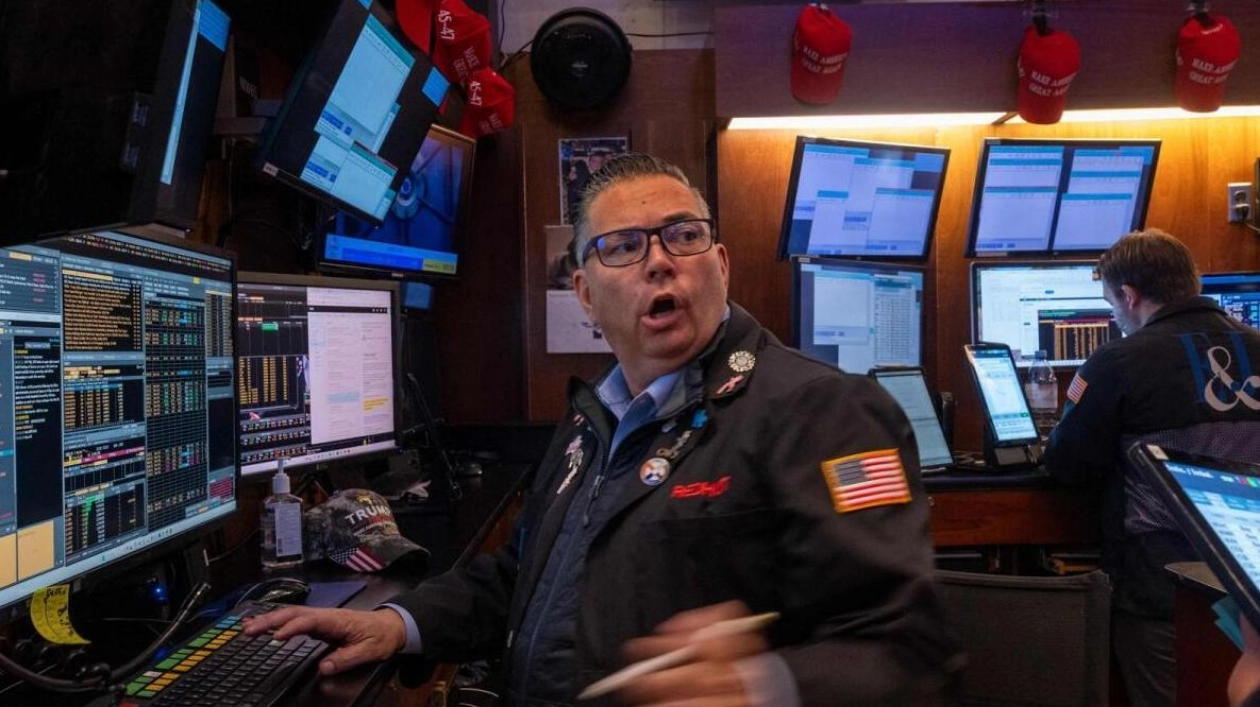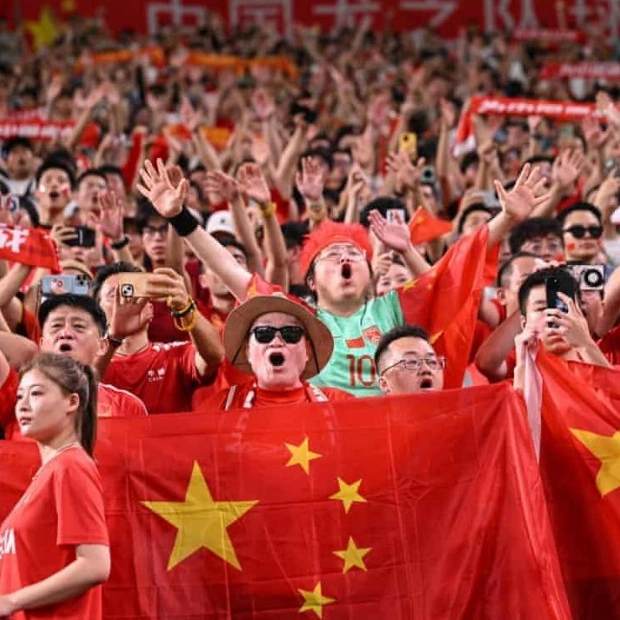Investors are increasingly turning to global defensive sector funds amid growing worries about a potential slowdown in the US economy. This shift is driving them to seek out assets like consumer staples and utilities stocks, which are seen as better able to withstand weaknesses in labor markets and commodities.
Data from LSEG Lipper shows that over the last two weeks, defensive sector funds, particularly those in consumer staples and utilities, have attracted significant inflows, reaching $1.43 billion and $1.06 billion respectively. In stark contrast, sectors such as technology, financials, and industrials have faced substantial outflows, totaling $2.97 billion, $1.38 billion, and $540 million respectively.
In the past month, the MSCI Consumer Staples index has seen a notable rise of 3.92%, far outpacing the 1.35% gain of the MSCI World index. This trend shift could potentially diversify the market rally, as defensive sectors like consumer staples and healthcare were previously overlooked in favor of growth-oriented sectors such as tech and artificial intelligence.
The context for this shift includes U.S. manufacturing PMIs indicating continued contraction in factory activity in August, along with employment reports suggesting a cooling labor market. Some analysts argue that rate cuts alone may not be sufficient to counteract declining corporate profits or market uncertainties if the economy is indeed heading towards a recession.
Since the beginning of September, defensive sectors have been leading the market in response to mounting signs of an economic slowdown, according to Rob Anderson, U.S. sector strategist at Ned Davis Research. However, he also noted, “If stocks rally post-election as uncertainty diminishes and seasonality becomes more favorable, cyclical sectors could regain the upper hand.”






